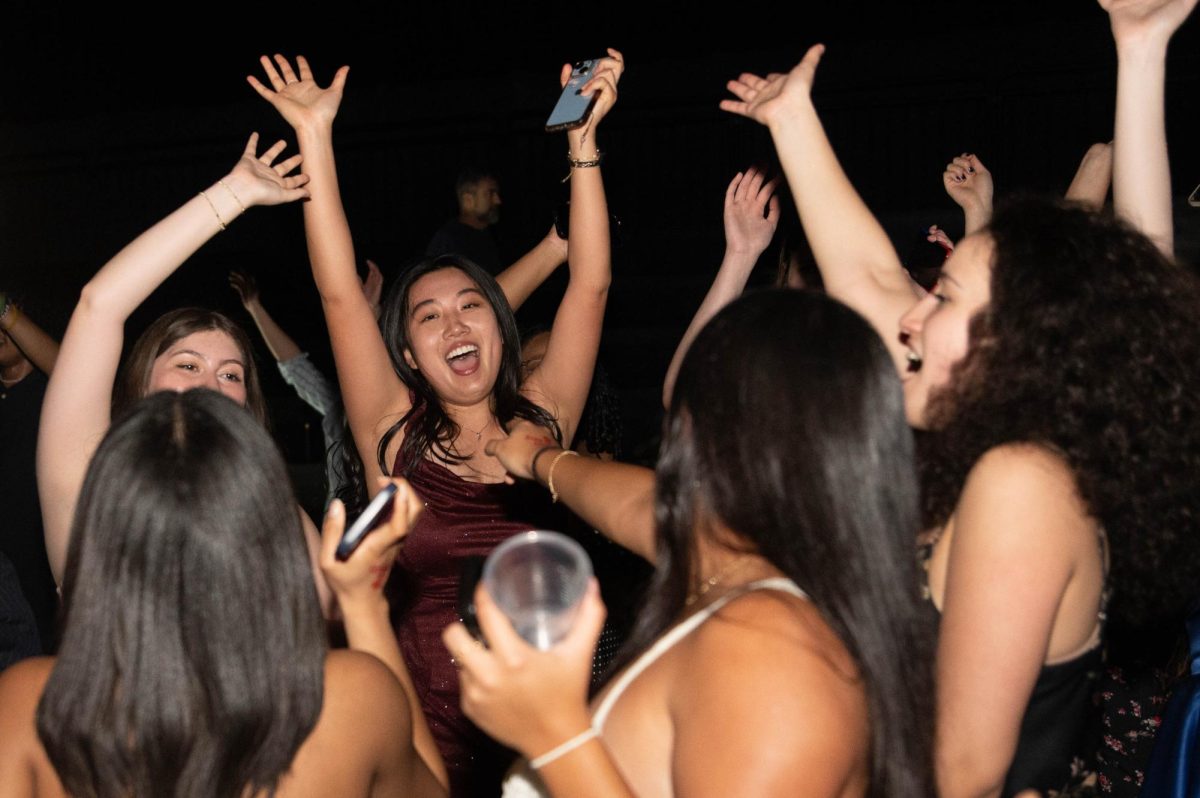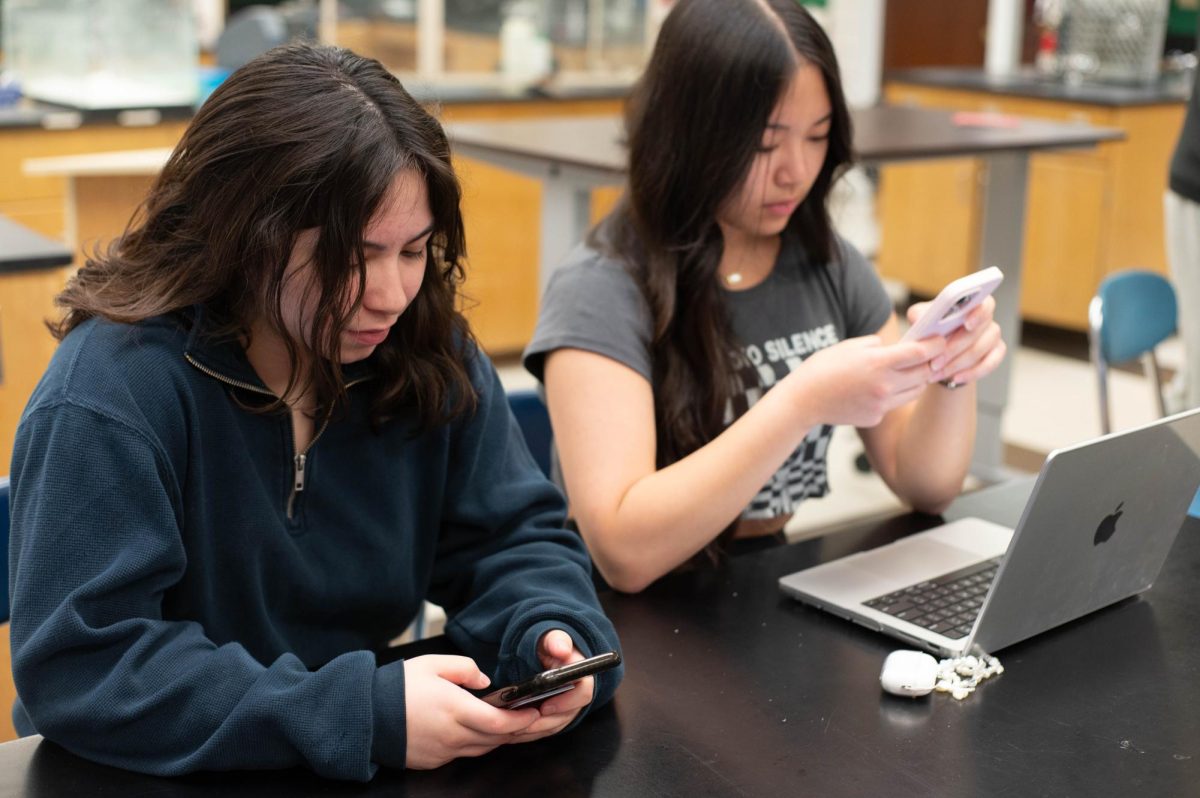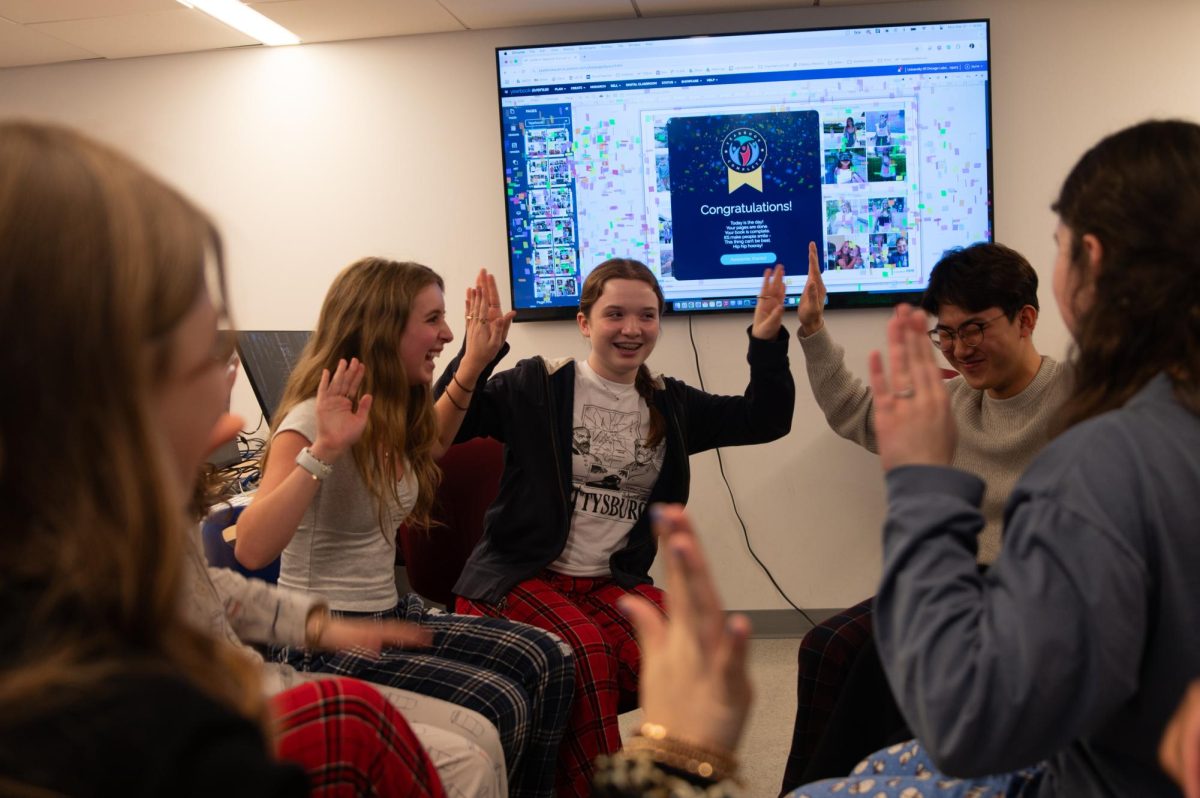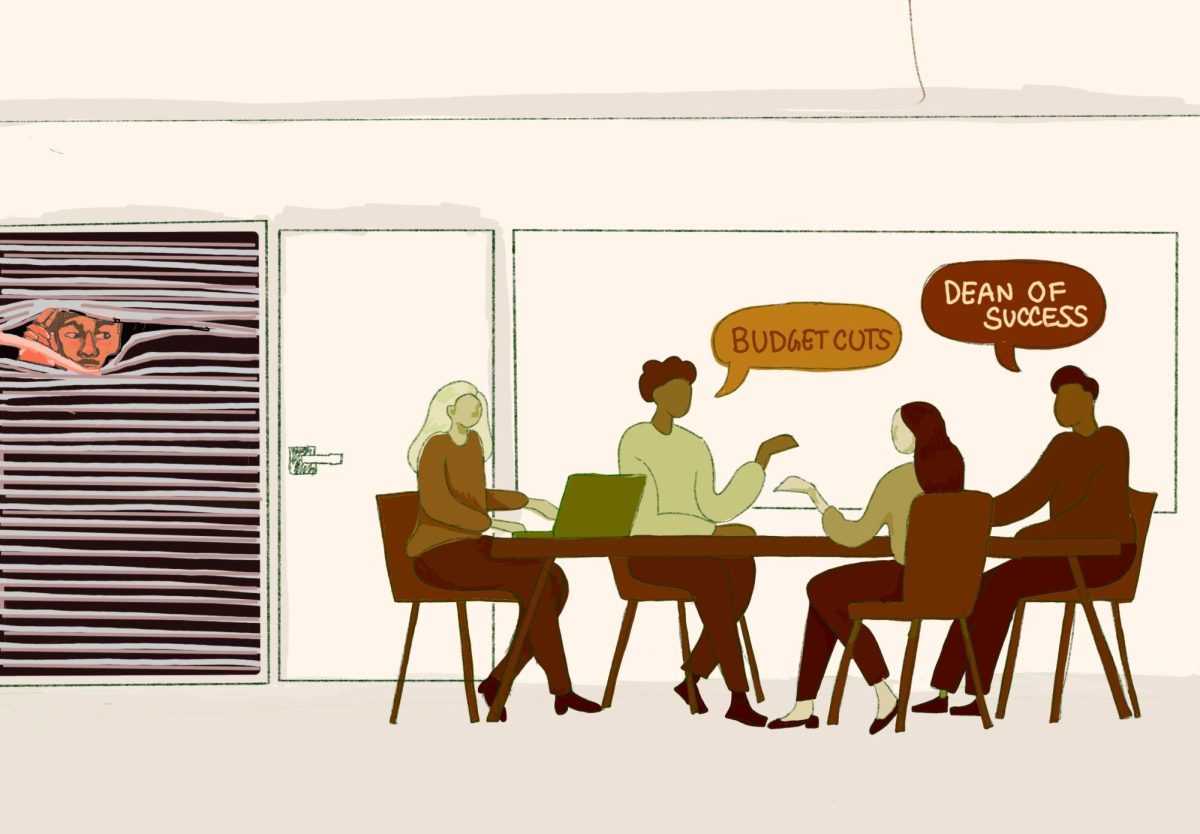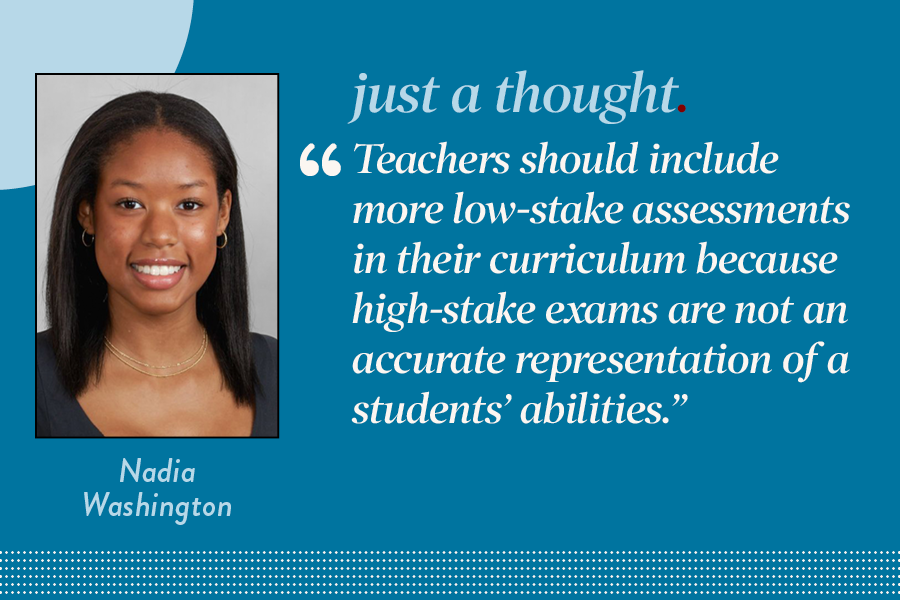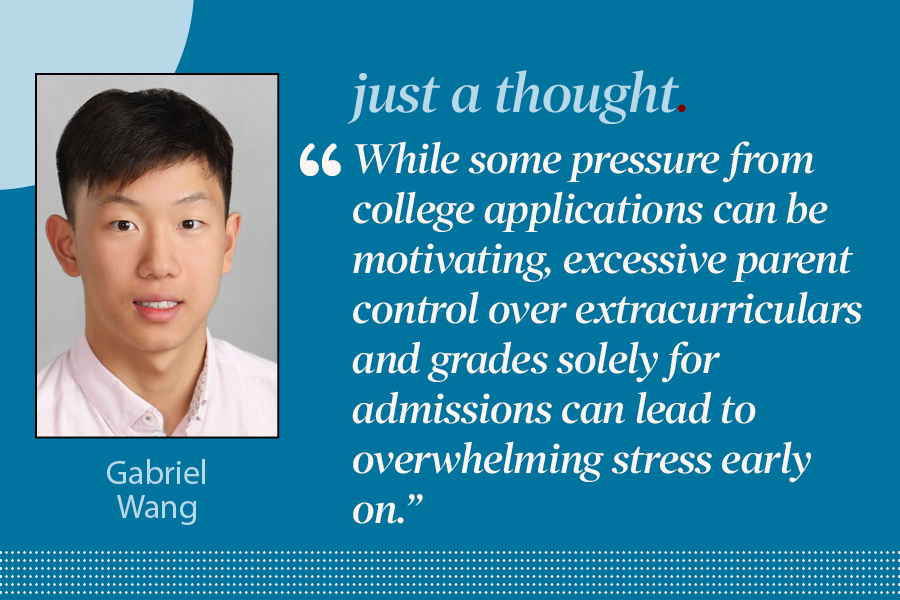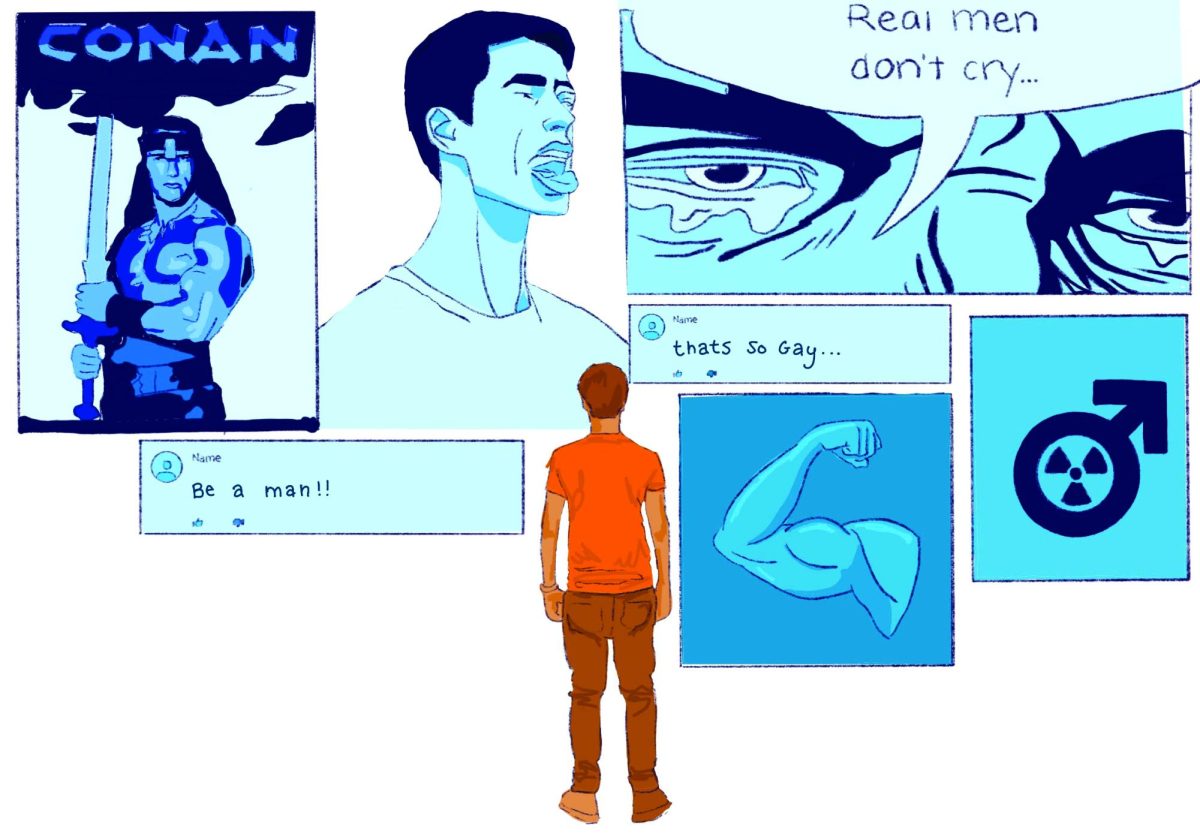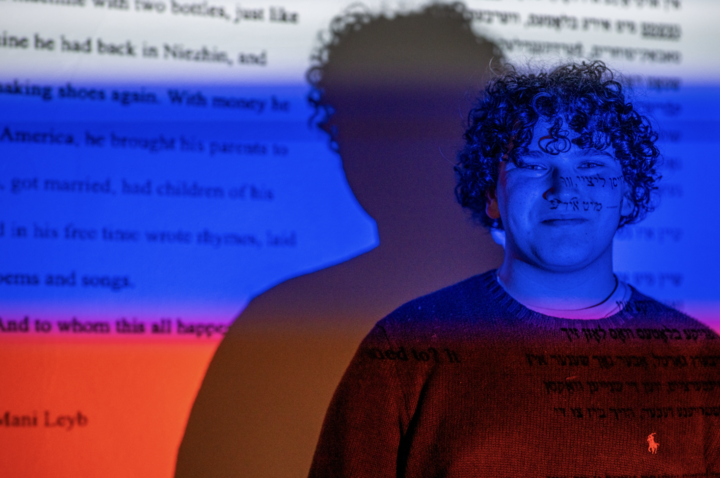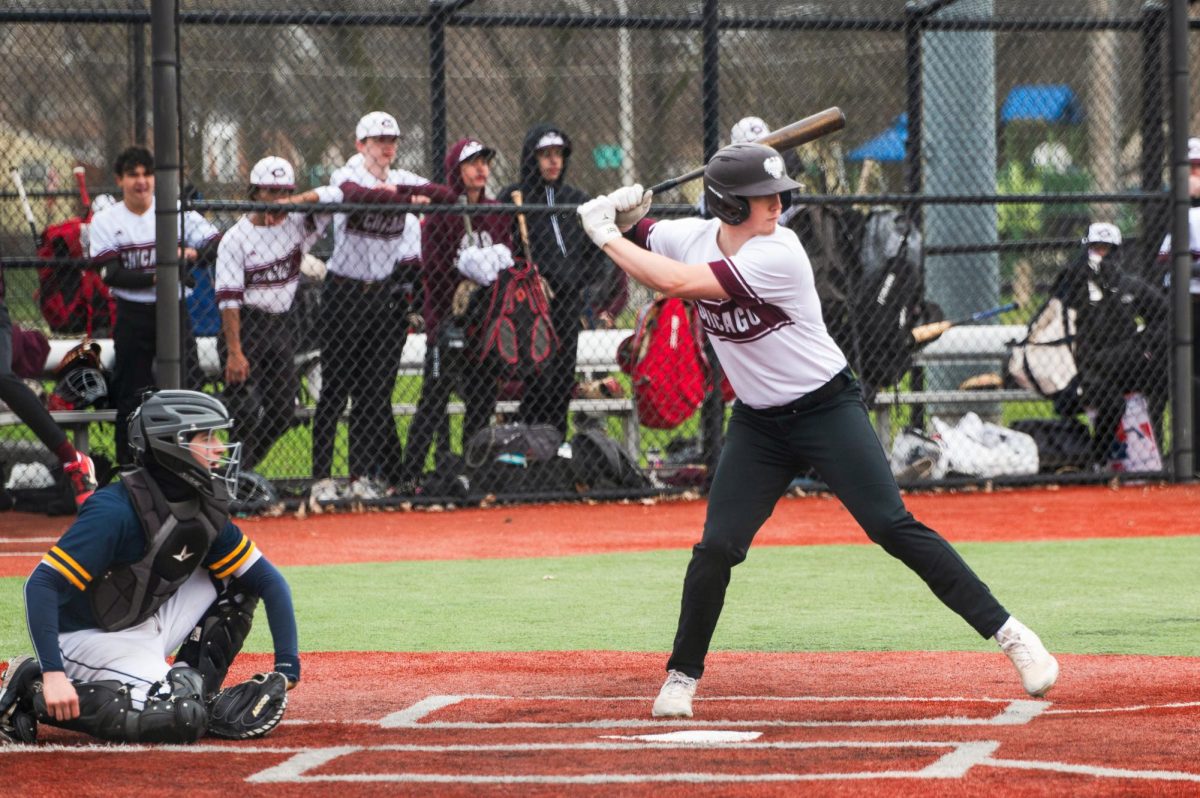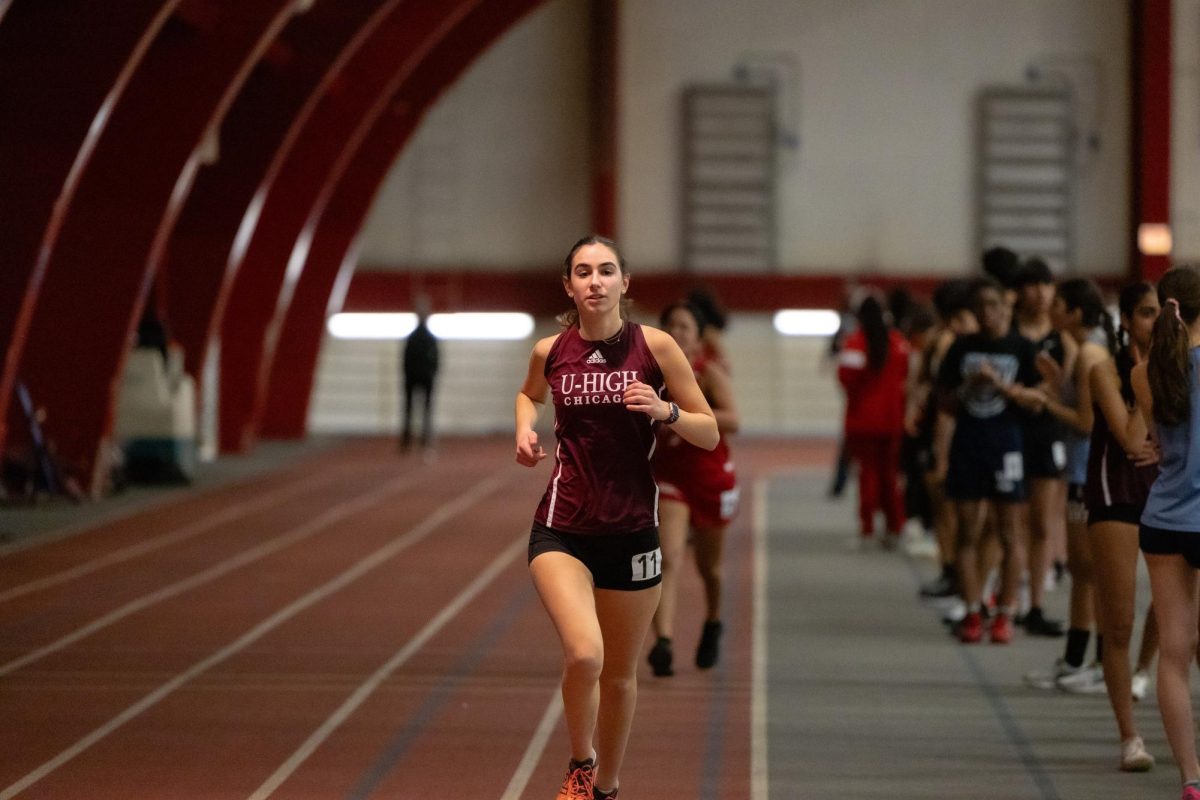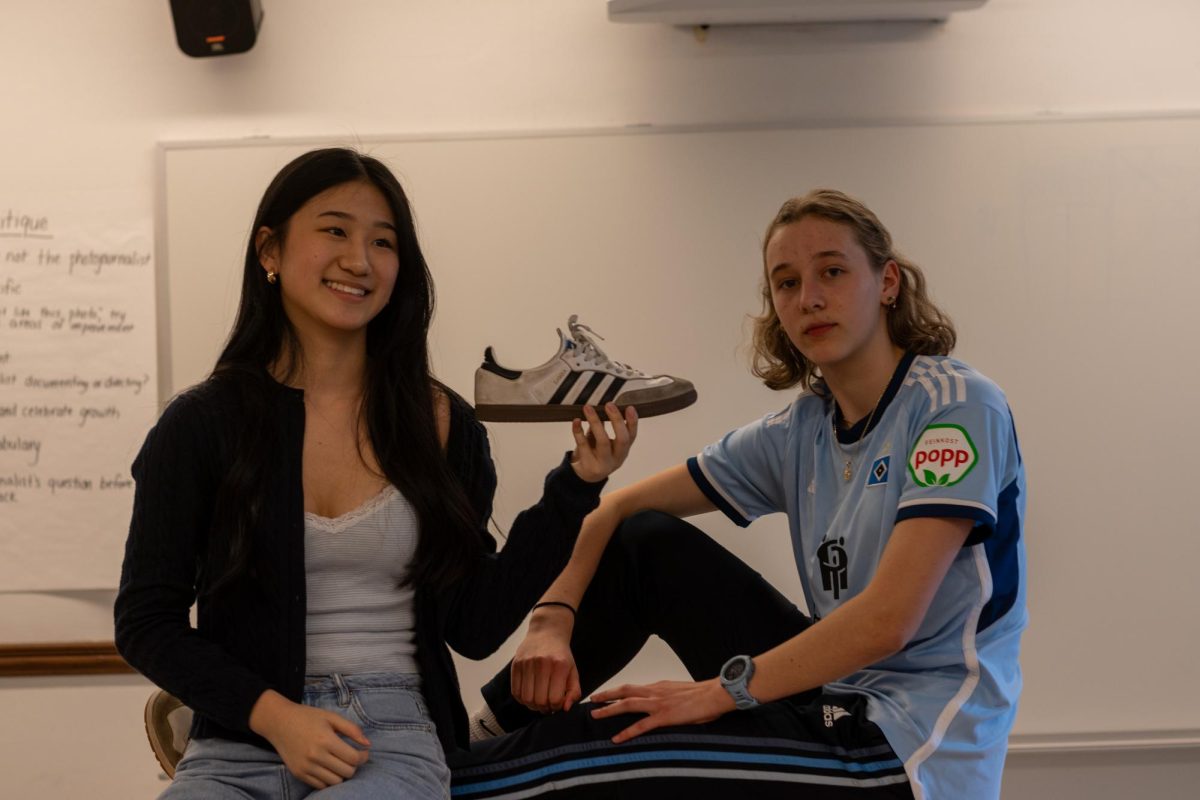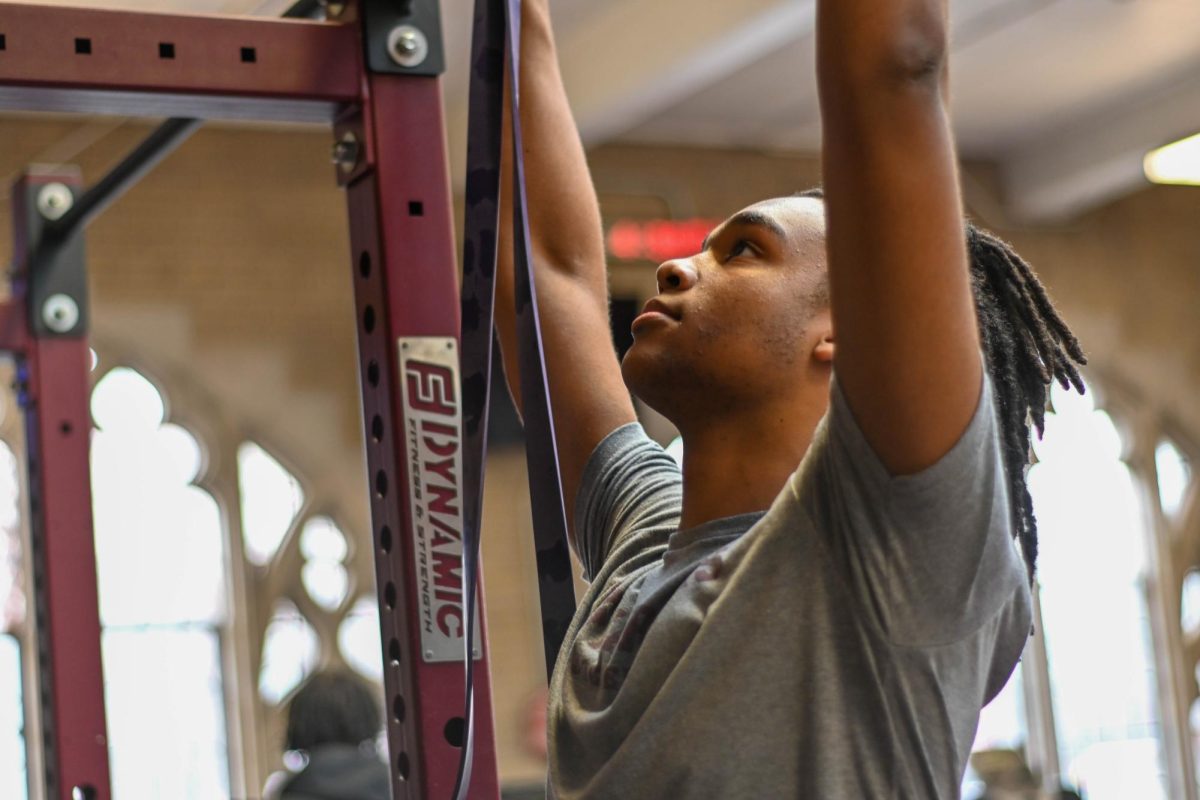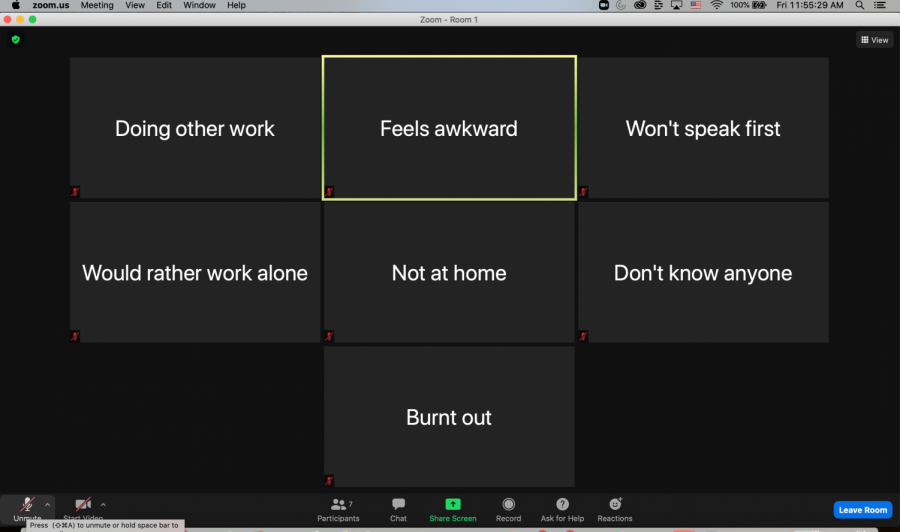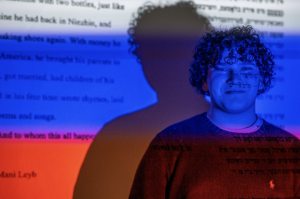Students struggle to shatter the silence in breakout rooms
Screengrab from Zoom
Students often turn off their cameras and microphones in breakout rooms, making collaboration difficult.
February 25, 2021
Click. “Joining breakout rooms. It may take a few moments.”
The gallery of tired students and an even more exhausted teacher is replaced by a white box warning that this transition may “take a few moments.” One at a time, the faces of classmates fill the screen. The students stare at the little boxes or fiddle with their phones, unsure of how the next few minutes might pan out as they wait for a brave individual to unmute and break the silence.
Breakout rooms may have offered the best alternative to small-group work available during the past year of distance learning, but the format doesn’t work the same for every randomly generated group of students. For some students, the awkwardness and lack of an obligation to participate leads them to wait out the minutes on mute. For others, the casual setting lets students converse easily and exchange ideas.
Some students go beyond ignoring the collaborative aspects of breakout rooms and choose not to participate at all, only bothering to fake lively conversation when a teacher pops in. Unlike an in-person classroom, breakout rooms are not supervised by a teacher until one pops in.
“In a classroom, there’s some kind of pressure just by the teacher being with you, like, maybe do work, you might not necessarily want to do, but if you’re in a breakout room, everyone could just stay silent,” senior Charlie Brennan said. “No one has to actually work if they don’t want to.”
When checking in on his classes’ breakout rooms, English teacher Ian Taylor has seen for himself the results of a mutual pact of silence.
“I’ll go into a room and everyone’s camera is off, and nobody’s talking,” Mr. Taylor said. “And I’ll be like, ‘Are you finished?’ You know, like, ‘What happened?’”
Sophomore Sydney Tyler, on the other hand, has had a relatively good experience with breakout rooms since distance learning began last March.
“I like being able to hear other people’s opinions and being able to express mine and comparing ideas,” Sydney said. “It’s good to be able to work together and not just have a one-sided conversation with your teacher and it’s almost like a pre-recorded lecture. I feel like breakout rooms are a lot more interactive.”
Mr. Taylor uses breakout rooms frequently in his classes, preferring the ease and familiarity of communicating to a small group over the pressures of unmuting to speak up in whole-class discussions. Yet the rooms can vary in terms of productivity even when students keep their cameras on.
“You know, sometimes they’re really doing a great job and talking and even sometimes debating with each other,” Mr. Taylor said. “I hate when I put kids in groups, and they try to outsmart me by doing the divide-and-conquer thing — like, ‘I’ll do number one, you do number two and number three’ — when I really want them to actually collaborate.”
While Mr. Taylor dislikes when his students evade group-work, he encourages any kind of communication, even if it strays from the subject matter, at times leaving breakout rooms open for a little while longer to facilitate casual conversation.
Some of the more outspoken students who, before distance learning, would jump head-first into group work, have fallen silent.
“I think some of my friends definitely are more on the outgoing side and would normally start conversations in school,” Sydney said. “But now they kind of just, they either wait, or they like, go on their phone or start reading or something and just wait for someone else to start.”
On the other hand, the low-pressure environment makes it easier for quieter students to contribute or ask questions.
“One of the upsides is that the group is a lot smaller. So maybe if someone is intimidated to ask a question in the main group, they’ll ask the question in a breakout room,” Charlie said.
Although senior Karina Escobedo enjoys contributing to breakout rooms, she finds the awkwardness of the virtual format can make it difficult to do so.
“I would say that it definitely inhibits my participation, because it just kind of gets awkward sometimes. And you’re just not feeling engaged in it,” Karina said. “It’s like through a screen, it’s not person-to-person.”
Ultimately, breakout rooms, with all their faults and awkwardness, are virtually the only method of bringing group work to online learning.
“It’s never going to be the same as in person,” Mr. Taylor said. “I think that you can still have meaningful connections and exchanges with people online and in these groups, but never the same, it lacks the kind of energy that you have in person and the authenticity of being next to somebody. But it’s as good as we can do.”


